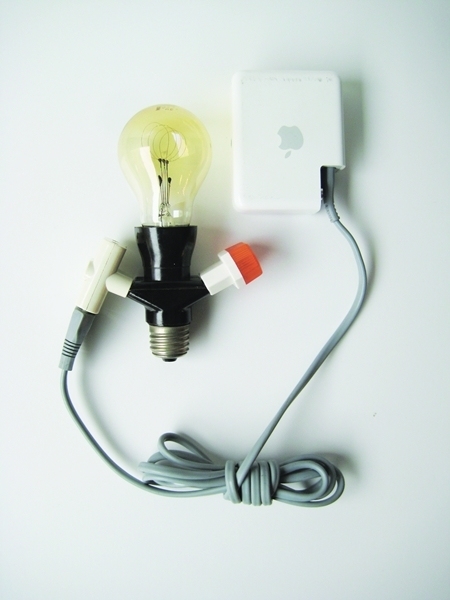Designing Scarcity. Scarcity in Rotterdam
When key materials and ingredients are scarce, those who control them have power. The rising value of a commodity can cause it to take on new meaning and can alter our relationship to it. Jan Boelen, artistic director of Z33 House for contemporary art, curated the exhibition ‘Designing Scarcity – Design and Innovation in Times of Scarcity’ at The New Institute in Rotterdam, The Netherlands.

The exhibition ‘Designing Scarcity – Design and Innovation in Times of Scarcity’ showcases a panoply of strategies used by designers and users to find novel solutions in the face of limitation. For instance, if insects become an important source of food, we will begin to regard them less as vermin.These principles influence Atelier Van Lieshout’s designs and visions for the future.
Businesses and industrial processes need raw materials to make their products, and they produce waste. For 15 years, Superuse Studios has been researching creative, radical ways of giving waste streams and discarded materials new value for architecture, design, food systems and other urban processes.
Few forms of scarcity spur human creativity as much as food shortages. They inspire people to try eating animals and plants not normally consumed and to come up with preparation techniques for making the inedible edible. Scarcity also drives the development of preservation methods. Foodcurators, a collective of designers working with food, experiment with conservation techniques and have been compiling a collection of preserved foods since 2011.
Debate
In the debate, Boelen speaks with Rotterdam-based designers Joep van Lieshout / Atelier Lieshout, Césare Peeren / Superuse Studios and Digna Kosse / Foodcurators.
Footnotes
‘Designing Scarcity – Design and Innovation in Times of Scarcity,’ moderated by Jan Boelen. 28 August 2014. The New Institute / Het Nieuwe Institute, Rotterdam, The Netherlands. Duration 1:07:26, in English. Videography Liese Lattrez.